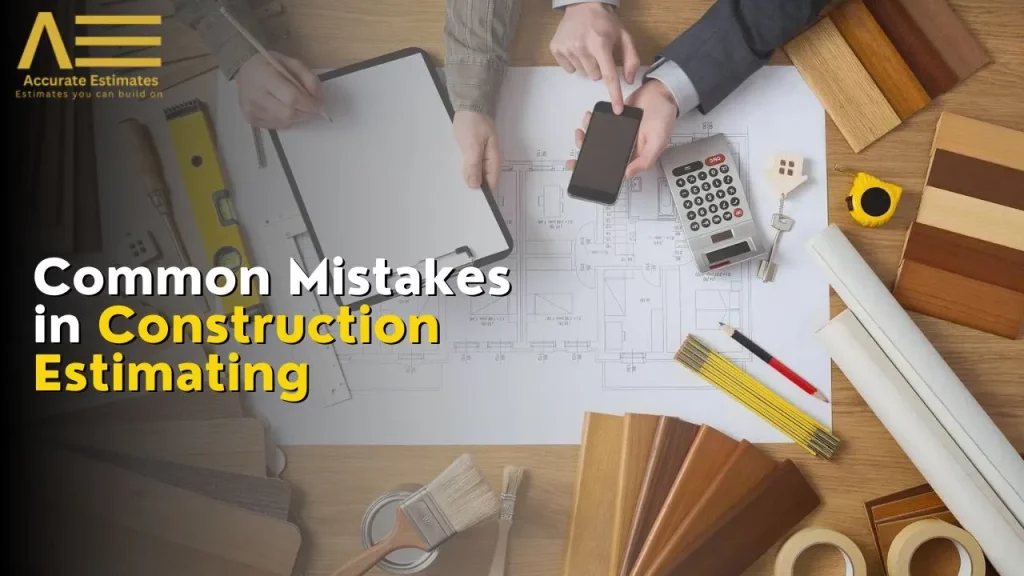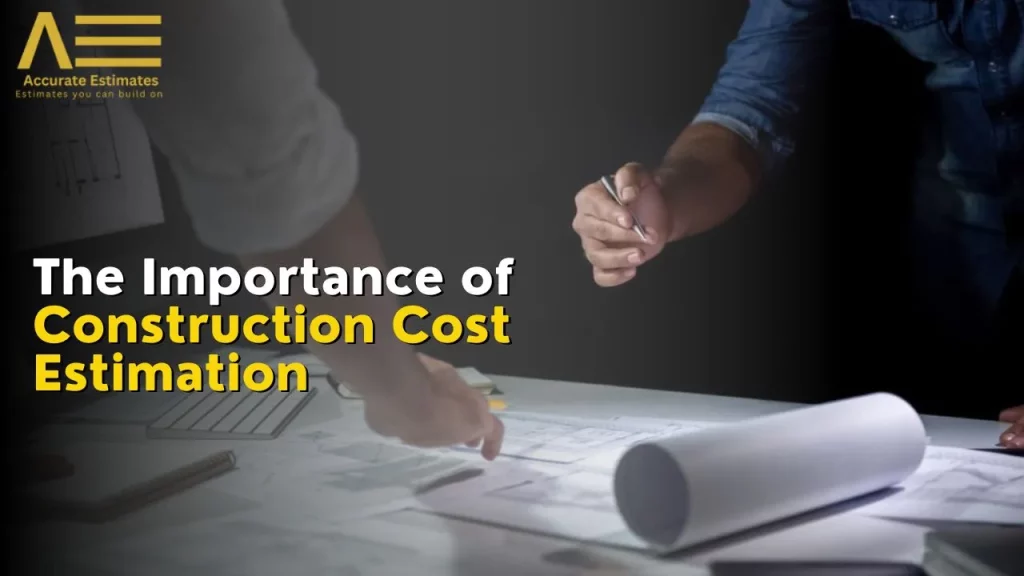Types of Estimates in Construction: Budget, Preliminary, and Detailed Explained

Types of Cost Estimation
Budgeting, resource allocation, and decision-making are all dependent on estimates in construction projects. In order to accurately forecast project costs and timelines, construction professionals utilize different types of estimates.
Preliminary Estimates
Preliminary estimates, also known as conceptual estimates or rough order of magnitude (ROM) estimates, are used during the initial stages of a project. These estimates provide a high-level overview of the project’s cost based on limited information. Preliminary estimates are typically quick calculations based on historical data, benchmarking, or industry averages. While they lack detail, preliminary estimates help determine the project’s feasibility and set early budgetary expectations.
Budget Estimates
Budget estimates are prepared during the project planning phase and provide a more refined cost estimates than preliminary estimates. They consider project-specific details such as scope, design, and site conditions. Budget estimates break down costs into major categories such as labor, materials, equipment, and subcontractor expenses. These estimates help establish the project’s overall budget and guide decision-making during the design and cost-planning stages.
Detailed Estimates
Detailed estimates are comprehensive and highly accurate assessments of project costs. They are prepared based on complete project documentation, including detailed drawings, specifications, and schedules. Detailed estimates involve a thorough breakdown of the expenses for each project element, including labor hours, material quantities, equipment usage, and subcontractor rates. Construction professionals use advanced cost estimation software and methodologies to generate precise calculations. Detailed estimates serve as a basis for contract negotiations, bid submissions, and project management.
Quantity Takeoff Estimates
Quantity takeoff estimates involve determining the precise quantities of materials required for a project. This Construction Cost estimation method involves detailed measurement and calculation of materials based on project drawings and specifications. Construction professionals takeoff quantities for various components, including concrete, steel, bricks, electrical wiring, plumbing fixtures, and more. Quantity takeoff estimates provide a reliable basis for accurate cost calculations and procurement planning.
Unit Cost Estimates
Unit cost estimates involve assigning predetermined costs to individual units of construction items. Construction professionals use historical data, industry benchmarks, or supplier quotes to determine unit costs for labor, materials, equipment, and other project elements. An accurate overall cost can be derived by multiplying the unit prices with the estimated quantities. Unit cost estimates are instrumental when dealing with repetitive or standard items in a project, such as door installations or flooring.
Parametric Estimates
Parametric estimates rely on mathematical models and statistical relationships to estimate costs based on project parameters. These estimates utilize historical data and algorithms to determine costs per unit area, length, volume, or other parameters. Parametric estimations are particularly effective for quick and accurate cost projections in early design stages when limited information is available. They provide a reliable means of estimating costs based on project characteristics and industry benchmarks.
Bid Estimates
Contractors and subcontractors prepare bid estimates in response to project bid invitations. These estimates involve a detailed breakdown of costs associated with completing the project. Bid estimates include labor, materials, equipment, overheads, profit margins, and contingency allowances. Contractors carefully analyze project requirements, scope documents, and specifications to submit competitive bids that accurately reflect the project’s cost while ensuring profitability.
Change Order Estimates
Change order estimates are prepared when changes or modifications are requested during a project. These estimates assess the impact of changes on project costs and timelines. Construction professionals analyze the change’s scope, evaluate additional materials, labor, and time required, and estimate the cost implications. Change order estimates help facilitate informed decision-making and ensure transparency between the project stakeholders.
Conclusion
Accurate and comprehensive estimates are vital for successful construction projects. Each type of estimate serves a specific purpose and provides insights into different project phases. Preliminary estimates assist in early planning, while budget estimates establish project budgets. Detailed estimates offer precise cost breakdowns, quantity takeoff estimates determine material quantities and unit cost estimates provide cost-per-unit calculations. Parametric estimations utilize mathematical models, bid estimates guide contractor bidding, and change order estimates evaluate modifications. By using these assessments effectively, construction professionals can make informed decisions, manage costs, and ensure project success.


